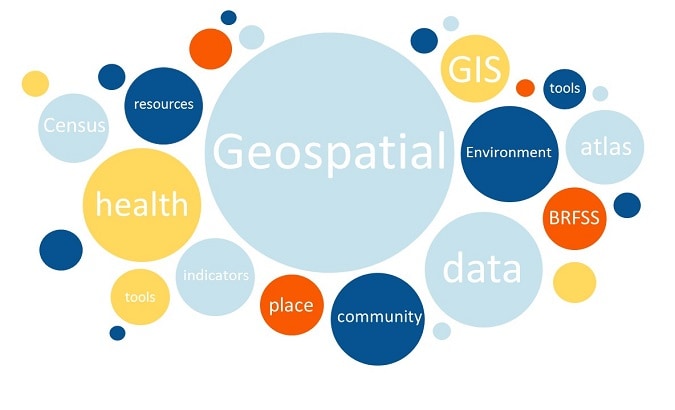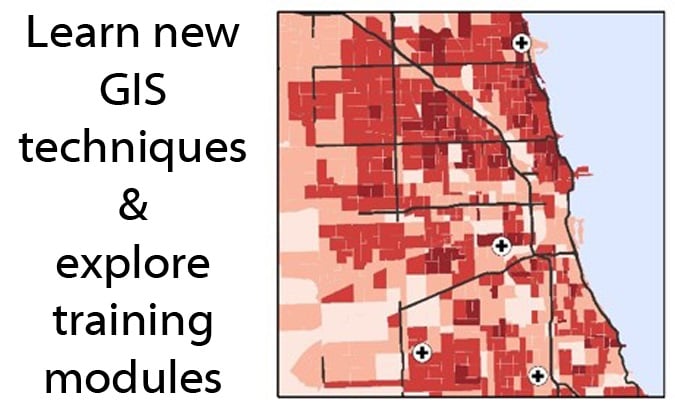
GIS and Public Health at CDC
Geography is the study of how the world differs from place to place. Geography uses a geospatial perspective, meaning it focuses on place and space, looking at what, where and why phenomena occur. Here at the CDC, we study the spatial aspects of health and illness. For example: where are diseases found? how are diseases related to the environment? and where do people go to seek health care? Geographers use a variety of tools to study these topics such as maps, spatial statistics, and Geographic Information Systems (GIS).
GIS are computer-based tools used to store, visualize, analyze, and interpret geographic data. These data include anything that can be associated with a location on the globe, or more simply anything that can be mapped. For example, cases of disease, hospitals, roads, waterways, country boundaries, and health catchment areas are all types of spatial data. In a GIS, the data usually include attributes, or descriptive information. For example, you may have a data set of hospitals in the US that can be mapped. The descriptive data also allows you to search and display associated attributes (e.g., number of hospital beds, types of specialized services offered, etc). In terms of analysis, a GIS offers the opportunity to use spatial data to answer questions. For example: where are disease rates higher or lower? how far is it to the nearest healthcare facility? and where can we best locate a new syringe exchange location?
For more information, check out What is GIS?

